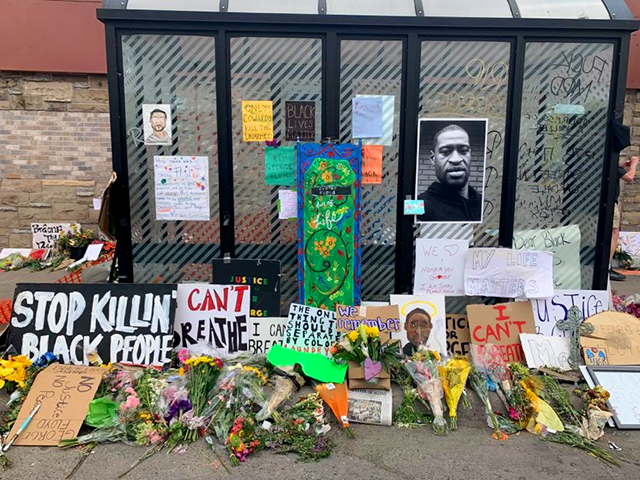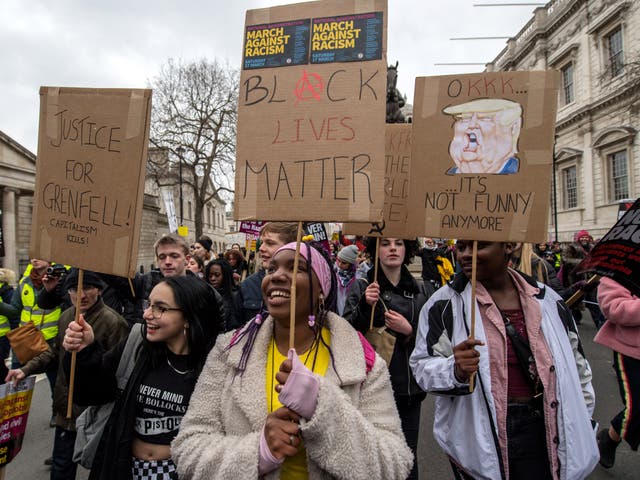When we think about racism in schools we are always drawn back to the idea of different restrooms, resting at the rear of the bus, as well as derogatory remarks made to trainees of some ethnic or religious minority. However, bigger trouble in today’s college is the suggestion of institutional bigotry, one that is not as easily seen, but the effects are the same. In May 1998 an educator called Evelyn Hanssen composed a piece entitled, A White Instructor Assesses Institutional Racism, in this item she takes place to website numerous events of institutional bigotry that she really felt had a profound result on both the pupils as well as the faculty, although a lot of the moment they might not have actually even known it. It is these suggestions that we will be considered in regard to a chapter in Malcolm X’s memoir to highlight and offer instances from a famous situation in American history.
Institutional Racism: Conversation based on Hanssen and Malcolm X.
Most of the moment, when a teacher first gets in the labor force, he or she visualizes themselves as some that are likely to make a positive impact in their trainee’s lives, that they will certainly be devoid of bias as well as labeling which they will certainly give every student an equal possibility at knowing. This is exactly what Evelyn Hanssen desired, as she mentioned in her item on institutional racism. What she found, however, was that not all things exercise in real life as we would ideally have them to be. It was incredible to her that also believed her colleagues, allegedly enlightened people, were making racial biases that also assumed they might not have actually understood, were still happening. In one circumstance, she attended an English department conference in order to determine the new educational program for the trainees.
She was amazed to locate that numerous African-American works were denied, although they were a far better fit for the classes on the basis that they were, sexually explicit (Hanssen 1998). She likewise was stunned to see an undoubtedly certified African-American teaching prospect overlooked for an inferior white person for a work opening in her college. When examining the manager concerning the hiring, she was told that while it is essential to work with minorities it was difficult to discover ideal candidates. When Hanssen advised the individual regarding the ignored prospect, she was treated to an instance of circular logic that never quite did clarify why the African-American prospect was not worked with. This idea is the basis for her whole paper that people, although they may not understand it, do hold some racist ideas, and this can influence minority pupils in an extensive means, as is displayed in Malcolm X’s memoir.

In Malcolm X’s autobiography, there is a chapter entitled, Mascot, where he takes place to describe his experiences in college that cause him to become what he was. In the phase, he discusses many examples of institutional bigotry, the fact that he was the only black trainee in his class, and although most of the instances that people today would have been seen as horrible instances of bigotry were merely what was acceptable during the time he matured. The overuse of words, nigger, while certainly, something that is suggested to separate Malcolm from the other pupils did not seem to be as harmful, yet as he places it, he was something of a strangeness, type of like a pink poodle, and also even though he was not supposed to speak with the white ladies or display any type of kind of ethnic pride, he was viewed as a mascot of sorts, something different that individuals somehow was attracted to based just on one facet of his character, his skin. (Malcolm X, 1964).
Being a mascot may have seemed like something that was an advantage in some aspects, yet when Malcolm realized that although he was rather accepted, there were some points that today would certainly be categorized as institutional bigotry. He gives an instance of when he is participating in a course instructed by what he thought was an excellent teacher who constantly assisted him along, but at the same time when Malcolm shared the desire to end up being an attorney, the teacher generally laughed at him as well as told him that he requires to see the actual image, which as an African-American, he would never ever be a legal representative and that it would be much better for him to be a carpenter instead.
This is quite an instance of institutional racism, for also thought the instructor assumes that he is helping Malcolm by informing him exactly how he views just how the globe functions, as a matter of fact, he is hindering Malcolm’s capacity to be who he wishes to be. What takes place in this instance is the same thing that happens method too frequently, and after that, that instructor was no more a favorite of Malcolm’s, and also he dreaded going to the man’s course, believing differently now concerning the instructor than before the racist remarks were made.
As educators, we require to be aware of many different points that can hamper a youngster’s ability to find out. We require to be cautious not to claim or do things that might adversely influence a kid, despite the fact that we may be assuming that it will certainly help them. Even if you in your heart do not believe that the student can be what he/she wishes to be, as a teacher you require to help them with their desire regardless of what. Visit this webpage to learn tips on how to fight racism.
If what Malcolm explained ever before occurred in one of my classrooms I would make sure to step in as quickly as feasible and also guarantee the youngster that with effort, sincerity as well as stability, they can complete whatever they desired, no matter what other individuals wanted. After all, if no one attempted to change what was anticipated of them, this globe would certainly be a lot different than it is today, and also we would never understand the initiatives of some of the most significant individuals worldwide.

